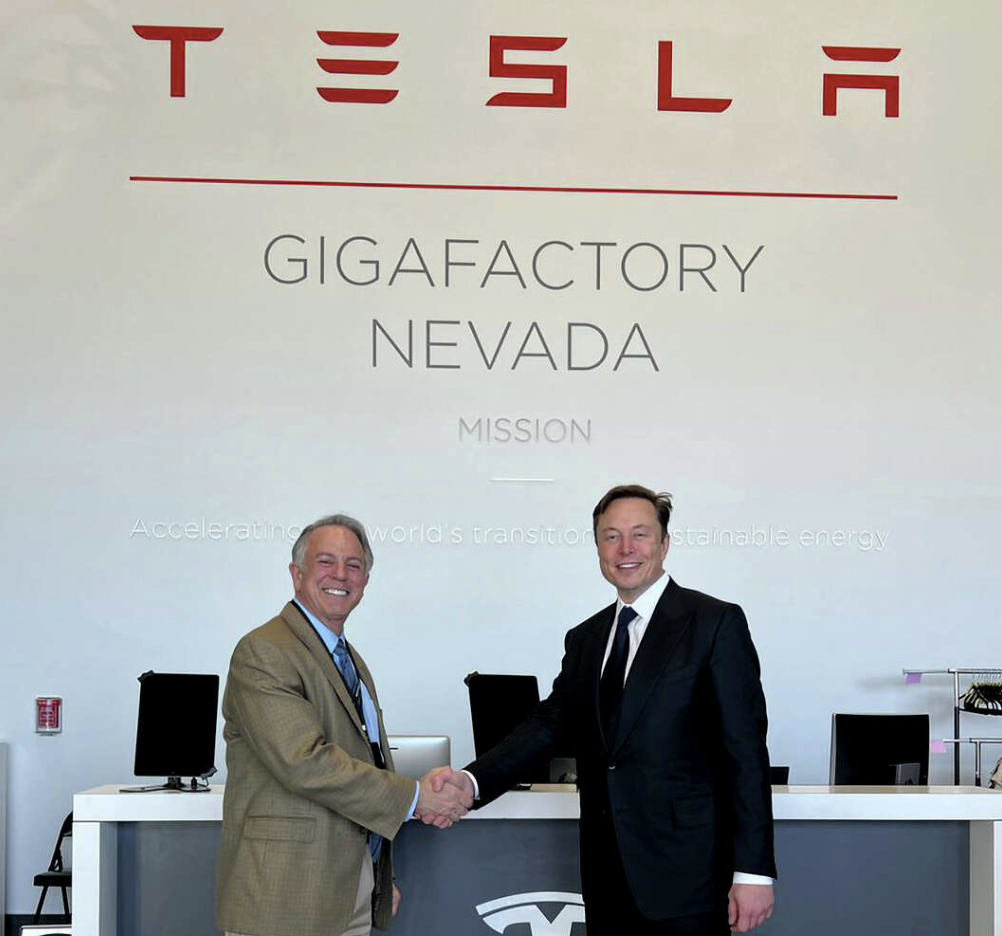This piece from TWW’s Arizona State Director Jaime Molera, first ran in the Arizona Capitol Times on December 20, 22022 and can be accessed here.
Before this year’s election, President Joe Biden and Congress passed a package of almost $370 billion in tax breaks and other incentives to accelerate the deployment of clean energy sources across the U.S. economy.
To be clear: The cost of wind, solar and other renewable energy sources has plummeted over the past 10 years, meaning they are already cost competitive with fossil fuels like coal and natural gas. So, the newly approved tax breaks will simply accelerate a shift in the energy sector that market forces had already started.
Unfortunately, these tax breaks were rolled into a larger bill called the Inflation Reduction Act, which received a great deal of pushback for the cynical way it was named and then marketed to voters as they struggled with 40-year highs in inflation during an election year.
However, now that the 2022 midterm elections are behind us, it’s easier to put politics aside and see what these clean energy tax breaks could do for working families and businesses here in Arizona and across the rest of the country.
For example: Will these tax breaks actually result in lower residential energy bills and leave households with more money in their pocketbooks at the end of the month? Or will big energy companies and other special interests find a way to pocket these tax breaks themselves?
The Biden administration may have some control over who sees the benefits of these clean energy tax incentives, but in my opinion, the real work will be done at the state level by utility regulators like the Arizona Corporation Commission (ACC).
For that reason, we should all be grateful that ACC Chairwoman Lea Márquez Peterson is on the case.
In late November, Peterson called on the state’s utility companies to show regulators how they will put the federal government’s new clean energy tax incentives to work.
“I don’t agree with all aspects of the Inflation Reduction Act, but I do believe in reducing electric utility bills for Arizona consumers in all forms,” Peterson said.
For utility companies, the bill’s tax breaks have the potential to reduce the cost of building new power generation and purchasing electricity from outside sources, Peterson added.
But given what the American people were promised when the bill was passed, “the financial benefits must flow to ratepayers,” she said. Without proper oversight, the cost savings “will not be felt immediately, or at all” on people’s utility bills, Peterson said.
“I believe we have a duty to ensure that ratepayers see lower costs as a result of the Inflation Reduction Act,” she said.
But the ACC chairwoman, who is the first Latina to hold statewide public office in Arizona, didn’t just turn up the heat on the utility companies she oversees. Peterson also demanded that the Biden administration and Congress finally do something about the red tape and bureaucratic inertia that has blocked major energy and mining infrastructure projects across the Western U.S.
These permitting roadblocks are slowing down, and threaten to completely derail, the approval of solar arrays, wind farms, advanced nuclear plants, geothermal facilities, power transmission lines and other construction projects that are essential for the continued expansion of homegrown clean energy, especially here in the West.
“In the United States, we can mine and manufacture the resources necessary to support a 21st Century energy economy,” Peterson said. “And we can do it more sustainably and with better technology, quality, and workplace standards than any other country. But federal regulations are getting in the way of siting new energy production facilities and mining operations in the West.”
After passing the clean energy tax breaks, “Congress also promised to address permitting reform [and] Congress must keep its promise,” Peterson concluded.
Peterson’s call is supported by many in the mining industry and even in the halls of academia. Recently, the Payne Institute for Public Policy at the Colorado School of Mines issued a timely warning: “Without permits to build things, there will be no clean energy boom.”
“Clean energy that exists only on paper doesn’t do anyone any good,” the university-based think tank wrote in a column published by The Financial Times. “To be real, it must be permitted, and then built.”
For many reasons, Arizona is a pivotal state to the political and economic future of our country. If they’re smart, elected officials and bureaucrats in Washington, D.C., will therefore pay close attention to the proceedings of the ACC and take Chairwoman Peterson’s challenge on infrastructure permitting seriously.
Jaime A. Molera is former Arizona state school superintendent, partner of Molera Alvarez, and the Arizona director for The Western Way, a nonprofit organization that builds support for market-driven solutions to environmental challenges.







